‘Tis the season to start preparing for the cold, dreary off-season. For those in the warmer, Southern latitudes, this is a foreign subject, so we’ll have to do a little explaining. As the seasons change from Summer to Fall, and the leaves turn from vibrant ambers and ochers and collect on the ground, so concludes ideal riding conditions for so many in the northern states.
Apart from bundling up into full suits or even clunky dry suits, with face masks and headgear to keep your nose and ears from frostbite, the majority of personal watercraft owners retire their seaworthy craft for a fair chunk of the calendar year (all the while you suntanned, smiling jerks in Florida, California and Arizona keep riding all year ’round). It’s climatic trade between rotating through four seasons for exorbitant housing costs.
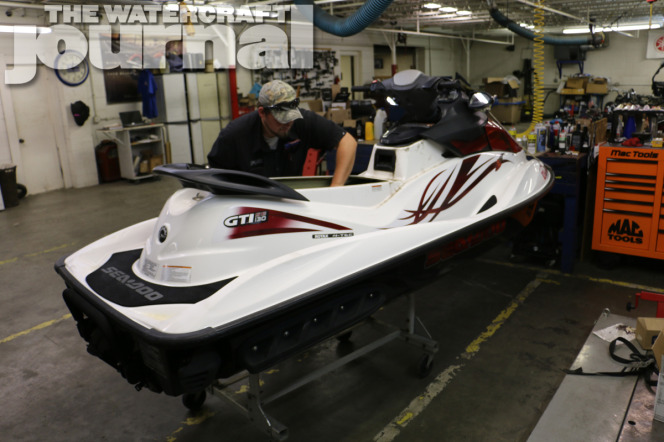
Nevertheless, for many of us, it’s time to decide how to prepare your PWC for hibernation. While this article isn’t a systematic walk-through of how to properly winterize your runabout, it does focus on where to hole up your machine when put in stasis. See, many opt to winterize their skis at home and tuck their craft alongside the house, wrap it in a ski cover and stow it on the trailer out back or lock it up in the garage.
While this does help to save a few bucks, the potential damage done by not bringing your craft to a professional facility could add up far worse. These watercraft are chocked full of sensitive electronics, fluids and contain soft and degradable materials that doesn’t fare too well when exposed to harsh elements. Too often even covered skis can fade and discolor just by the daily heating and cooling temperatures outdoors.

We visited the Middle Tennesse Sea-Doo super dealer America’s Motorsports recently, whose massive warehouse features floor-to-ceiling storage racks full of units from customers and the showroom floor that have been wrapped up for the winter. Service Adviser, Tyler Hunt explained, “All of our customers’ skis are dry stored indoors in a climate-controlled secured warehouse. You don’t have to worry about them being in your way, taking up space in your garage or sideyard, and the peace of mind knowing where its at and knowing that it’s being taken care of by trained professionals.
“Our factory-trained technicians perform a thorough inspection prior to receiving free winterization with a minimum 3-month storage. Winterization includes fogging the motor which prevents internal corrosion, cylinder lock-up, adding a fuel stabilization additive to keep the fuel from going bad and deteriorating/clogging the fuel system, remove all standing water to keep away any internal or supercharger (if applicable) damage, and the batteries are removed and charged monthly.
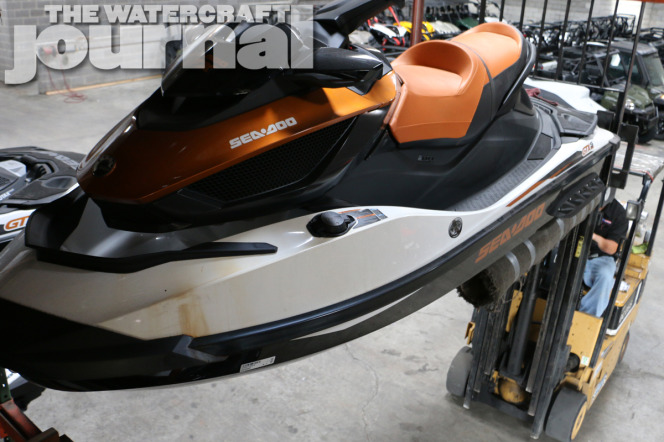
And finally, when you’re ready to take them home, we pull them down from our storage racks, reinstall the battery, and ‘summerize’ them so that you’re able to leave here and go straight to the water. With the ease of access to our facility, we can have you ready within two hours of calling and have your ski ready for the water.”
While some dealers offer enclosed storage, the cost of doing so might dissuade others on tighter budgets. Many dealers and shops offer outdoor storage, like WMF Watercraft. Providing the same professional-level winterization service and quality secure storage over the winter, WMF Watercraft welcomes hundreds of skis a season. And similarly, when Spring finally arrives, skis are equally prepped and readied within hours of alerting their top notch service department.
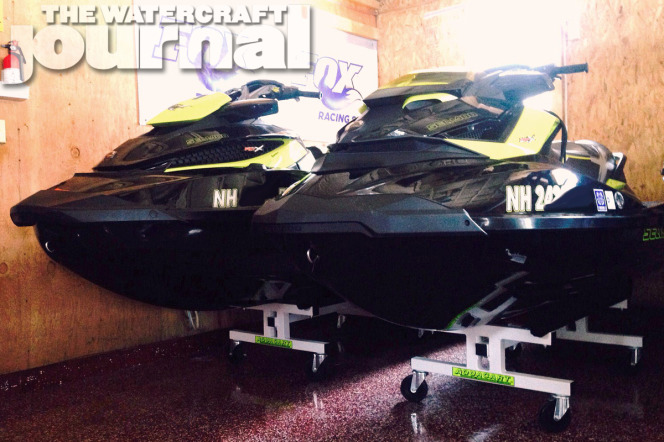
Ultimately, if you’re insistent on keeping your skis at home, we strongly suggest bringing them indoors and in from the cold. This of course, will take up precious garage space, but will also require the right equipment – namely a quality storage stand.
The Watercraft Journal spoke with Aquacart‘s Rob Towner who emphasized, “[Our] storage stands really help with space compared to bringing a road trailer into the garage or shop. It is MUCH easier to winterize the ski when on a storage stand. Skis on stands [allow for] much more room…around the ski for storage boxes (in a tight garage), or access to the ski.”
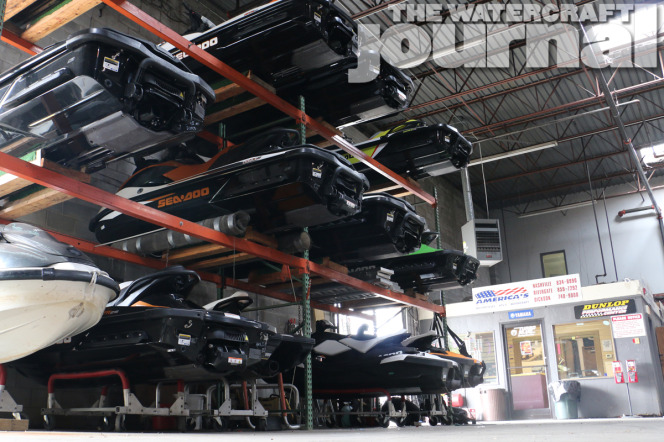
Towner continued, “An Aquacart model AQ-19 is trailer height (for easy transfer of [the] ski to and from a trailer) has large casters to roll wherever you need it in the garage and universal bunks to fit all PWC.”
Ultimately, proper wintertime storage is up to you, but to help maximize the most out of your investment, you cannot go wrong with putting your machine in the hands of professionals who will not only care for it, use the right tools and equipment to keep it secure, but provide the necessary service to ensure a long life of enjoyment for years to come.


















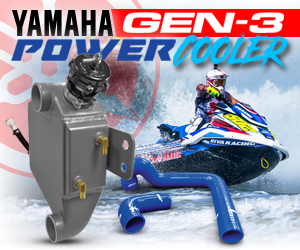



[…] How-To […]